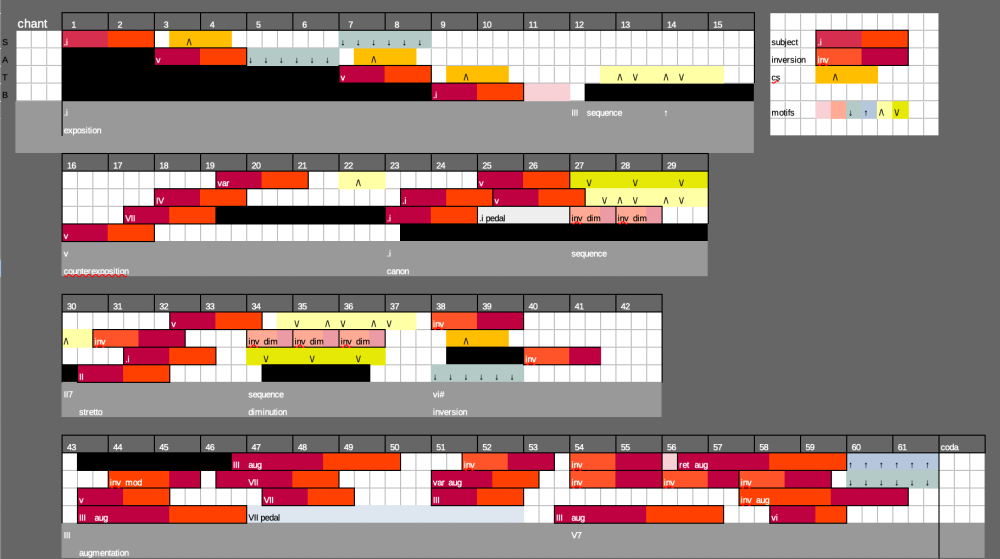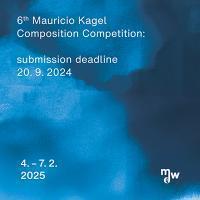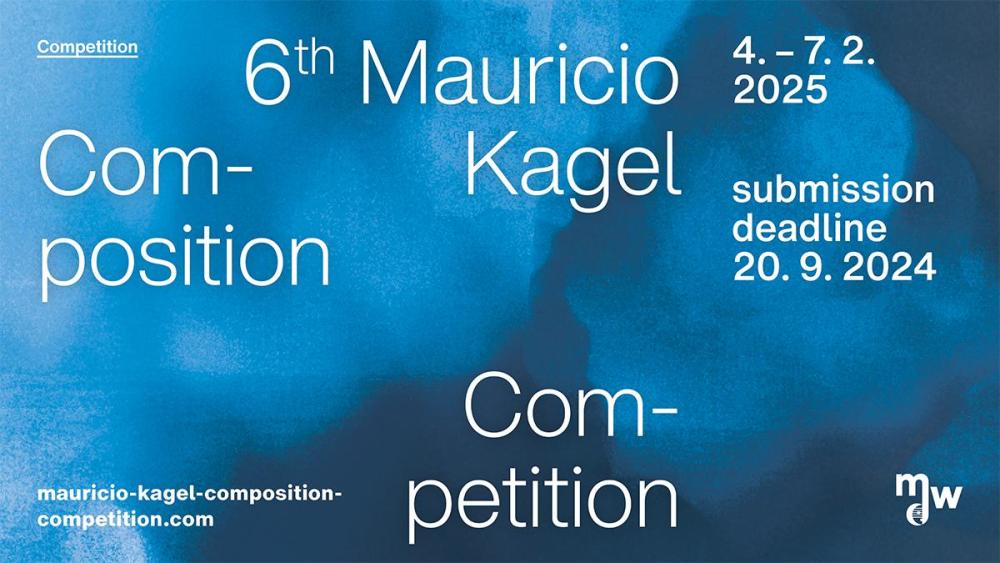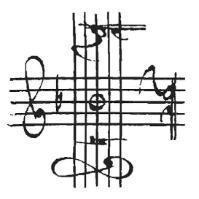Search the Community
Showing results for tags 'piano'.
-
wack new 'jazzy' thing
Awsumerguy posted a topic in Incomplete Works; Writer's Block and Suggestions
I've been taking something of a hiatus from classical music recently. I haven't had any big ideas to go off of when it comes to big orchestral works or even smaller chamber ensemble pieces; I've also wanted to compose small songs/do piano covers/write jazz pieces for quite some time now, and I figured it's about as good a time as any to just get on with it while I rest the classical side of my composing output for now. Don't worry (in case you are 😉), I'm sure I'll come back to it eventually. The piece below is one of my first attempts at writing in a distinctly alternative, non-classical musical language since I first started writing music two and a half years ago. I've been asked by a friend to write some pieces for his student film, and he asked specifically for an 'upbeat jazz'... thing to accompany a scene he plans on filming a couple of months from now. I decided to work with a jazz trio that consists of a drumset, piano, and acoustic guitar (since he planned on having the school band play the piece). I've made an effort to focus more on rhythmic drive and the 'groove' of the piece instead of melody or harmony, and I'm curious if anything here could be considered 'jazzy' at all, or if it's just a jumble of discordant sounds that merely assume the semblance of jazz improvisation. I'm quite unsure of this new writing style, so any constructive criticism is welcome. Hoping to hear from everybody! 😁 Note: the .mp3 only goes up to 1:42, since I haven't finished the piece. There should be a couple more minutes of music after that. -
Hey all! I just completed what was for me a massive project, Three Scenes for Ensemble is a set of chamber pieces (one of my first compositions) which I composed and recorded at the legendary Hansa Studios in Berlin. I felt this would be a great place to get some feedback. I know it's a ton of music, but it would be incredibly helpful to even if focus on one measure to show an example of different choices I could have made orchestration-wise, harmonically, notation-wise, etc... Thank you in advance and I hope you enjoy! If you would like to support please consider also listening on Spotify. Score Video: About the Music! Credits: Composer: Nicholas Schuman, Flute: Thomas Hahn, Oboe: Anna Schulkowski, Clarinet: Constance Morvan, French Horn: Melinda Gál, Piano: Daniel Zhao, Cello: Josiah Simonds, Sound Engineer: Arne Bergner, Assistant Engineer: Marian Hafenstein
-
Music hw sonata new fixed again wm 4.pdf Though there is some skill issue with my playing lol... Context Hw4 maybe better.mp3
-
-
Since it follows directly "attaca" from the first movement, I'm uploading both here.
-
Took me long enough to share this with you... the timing is also quite good if you consider some of my explanations I guess 01 hw1.mp3 Introduction Context Primer for the music itself Sorry for the walls of text lol, if you prefer just let the music speak for itself it is also fine.
-
Here it is! The submission for the Valentine's Day Event! To say that composing this piece was a hectic process is an understatement. Heck, I'm submitting this piece on the day (or night) of the deadline! I think I was going with the joyfulness aspect of romance, with of course a little bit of dark theme (just the minor version of the main theme really lol) mixed in there. This piece also contains a theme from a sketch that I have always wanted to explore. But yeah, dunno what else to say other than to enjoy the piece!!
-
original composition Ghibli-like Waltz (Pastiche)
DragonJade posted a topic in Piano Music, Solo Keyboard
Hi everyone this is my first post here, and I would like to share a piece I finished composing for a small performance in my Uni, dedication is to a friend of mine, and yea please tell me what you think! https://musescore.com/user/2760916/scores/13427143 theres like 4 bars where the audio and music dont play the exact notes, but theyre similar, I'll find a way to fix it one day... -
Happy New Year... I've been delving into some of the harmonic mechanisms of the Romantics, and out of that came this short piece. Greetings.
-
.
-
Hi! This is my second published work after a short one which I have recently took down and am planning to repost as WoO 2 (WoO 1 being my yet-to be published Winter Fantasy). I have received some comments already by other people but I wish to seek what you guys think about this short piece. This etude is about playing parallel passages on the right and left hand. I hope y'all can give some feedback! Thanks in advance! Étude No. 1.mid
-
.
-
.
-
Hi everyone! I am posting the 1st movement of my Third Piano Sonata in C sharp minor. This movement starts at 2019, but was abandoned since I had to focus on composing my two Clarinet Quintets then. Then after finishing my Sextet movement I wanna write something trash to restore my originality, so I choose this one to work on. What I had is only b. 1-8, b.177-180 and b.225 till the end, so my job was to extend them and make the music as smooth as possible. Luckily the final product isn't quite trash at all, even though the style is less original than the Sextet. I know the recording is bad, especially with those tears, but hopefully it doesn't hurt! Hope you enjoy it! This movement for me is furious, but it acts as self therapy by composing and expressing all my anger and confusion. I was in a state of depression at the composing period, worrying from the world to myself. Luckliy this movement saves me from falling to the depression trap. I make use of the opening falling fourth motive and that triplet rhythmic motive all through the movement, which results in something Beethovanian and reminds me of his Appassionata. I started to enjoying it more and more after playing it myself. It's challenging but very enjoyable to do so. Piano Sonata no.3 in C sharp minor First Movement.pdf Piano Sonata no.3 1st Mov Audio.mp3 Here is the structre of the movement: 0:03 Exposition, First Subject. Uses the falling fourth motives and the triplet rhythmic motives in the whole movement due to coherence (and laziness LoL) 0:39 Transition 1:02 Exposition, Second Subject, in dominant G# minor. 1st theme more chordal, 1:17 2nd theme, more cantabile in nature, 1:35 3rd theme with furious octaves, and the next passage with 16th triplets on top with the fate motive underneath reminds me the Appassionata most. 2:10 Development, begins with imitation and canon, then reach the more beautiful theme in 2:44, but soon crushed and the Appassionata related F minor comes in at 3:29. The progression here I am sure I have learnt from Schubert's Fantasie in F minor for piano four hands. 4:19 Recapitulation, First Subject. Try something Bramsian here. 5:10 Recapitulation, Second Subject, same as the exposition except in the tonic key. 6:19 Coda, using that beautiful theme from the development again (except with that freaking wrong note LoL). Building up climax until reaching 6:51(my favourite passage!), and is agitated till the end. Feel free to criticize it or just take note on something interesting of it. I will be very happy for all your opinions! I know the recording is bad, especially with those tears, but hopefully it doesn't hurt! I recommend the YT video version more since it seems to filter out some of the tears! Henry
-
The 6th International Mauricio Kagel Composition Competition launches its call for entries For the 6th time, the Ludwig van Beethoven Department of Piano in Music Education at the mdw - University of Music and Performing Arts Vienna is inviting to the Mauricio Kagel Composition Competition. In the previous five editions, young composers from over 65 countries submitted around 960 compositions. Since its first edition in 2010, the competition has been committed to promoting contemporary piano literature for children and young people. The task is to write a piano work in a contemporary tonal language that is easily realizable for piano lessons and thus provides young players with adequate artistic access to the music of the present. The Mauricio Kagel Composition Competition is distinguished by its particularly transparent and fair selection process. From the multitude of submissions, a selection of anonymized pieces will be presented in a multi-day judging process by students from the Ludwig van Beethoven Department of the mdw and will be publicly discussed by a renowned, international jury. The upcoming edition gladly welcomes Michael Jarrell, Elena Mendoza, Isabel Mundry, Miroslav Srnka and Marco Stroppa as jury members. The competition prizes are €6,500, €4,500 and €3,500. The award-winning pieces will be published in cooperation with Universal Edition. Audio recordings of these works will also be published on the mdw media library. Composers up to the age of 40 are invited to submit pieces digitally. The deadline for submissions is 20 September 2024. The performances, the public judging process and the decision will take place from 4-7 February 2025 in English in the Fanny Hensel Hall of the mdw and online via live stream. Information about the modalities and procedure of the competition as well as the possibility of submitting can be found at: https://mauricio-kagel-composition-competition.com/ A video of the live stream of the last public final in February 2022 can be found at: https://mediathek.mdw.ac.at/mauriciokagel2022. 6th International Mauricio Kagel Composition Competition Submission period: 20 September 2023 to 20 September 2024 Finale & judging process: 4-7 February 2025 Endowment: €6,500, €4,500 and €3,500 as well as the publication of the work in cooperation with Universal Edition Submission: https://mauricio-kagel-composition-competition.com/ Contact for questions and press mauricio-kagel-kompositionswettbewerb@mdw.ac.at
-
- compositions competition
- composition award
- (and 5 more)
-
I am transcribing a piano "sketch" that I wrote out - it will eventually be used as the harp part of a flute and harp piece I am writing. I am mainly struggling with getting some of the inner voice movements and the turnaround figure written out accurately. The progression is pretty simple, it's just: I-iii7-IV-iv-I-viio7/ii-V7/V-V-I (4-3) It would be greatly appreciated if I could get some guidance/help - I already have most of it written, it's just those two sections that are stumping me. * I also switch the viio7/ii for a V7/ii the second time through.
- 5 replies
-
- piano
- transcription
-
(and 1 more)
Tagged with:
-
.
-
.
-
.
-
Here you have my last composition. I crafted both preludes without the use of a piano or any other tool. Only pen, paper and my harmony knowledge were used. I challenged myself to do it this way because they are dedicated to a friend of mine who is a colorblind artist, and that reminded me of Beethoven. Both preludes use the harmonic minor tetrachord between the V and I degrees. I also make a heavy use of augmented sixths and phrygian inflections. It is probably my best composition when it comes to quality/length ratio. And it shows where my harmonic tonal limit is without the help of a piano. I hope all of you enjoy these creepy miniatures. 🙂
- 6 replies
-
- 2
-

-
- colorblind
- piano
-
(and 2 more)
Tagged with:
-
Up until recently I was in the process of making music for a short film. The film was about a girl who gains "superpowers" from an old tree, and with these superpowers she's able to save her dying father and the forest. When i sent them my music they immediately said that they hade chose to pursue other options with the motivation being the music was too different from what they had in mind. I'd love to receive some basic feedback on this short piece. I'd like to know wether if it's straight scraggy or if it's alright, if there's something missing and what that could be. I'll be glad for any opinion on my work. I have some confidence in my ability to create music, but since I'm working by myself I never really have any idea what others think, so just a couple of words of opinion would make my day. Thanks 😊
- 3 replies
-
- percussion
- strings
- (and 4 more)
-
.
-
I did this composition as the final exercise in the Coursera "Compose like Mozart" course.










